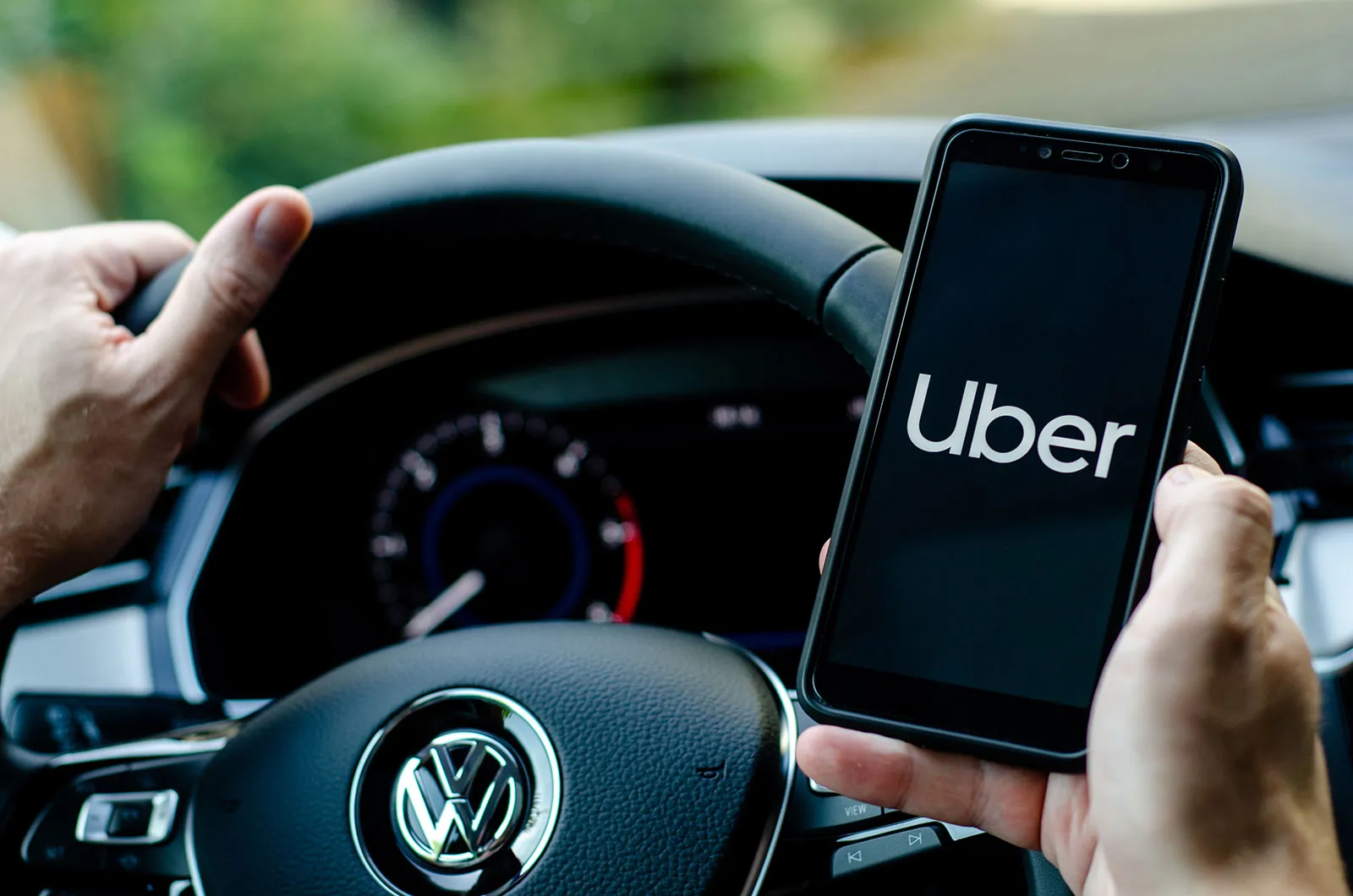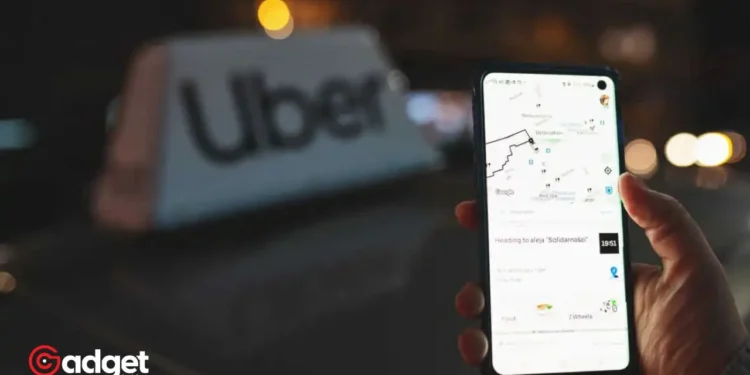In the bustling world of ride-hailing and delivery services, companies like Uber, Instacart, and Lyft are making headlines not just for their convenience but for their evolving business models. As they enhance their in-app advertising efforts, the reception from their vast user base has been anything but uniform.

Uber: The Rise of In-App Advertisements
Uber and Instacart, among others in the sector, are doubling down on in-app advertising, a move that marks a significant shift in how these platforms intend to generate revenue.
With competition fierce and margins thin, the appeal of high-margin advertising revenue is undeniable. Analyst Youssef Squali of Truist Securities highlights that advertising could offer margins roughly 40 percentage points higher than those from their core services.
However, the increase in advertisements has not been met with universal acclaim. The Wall Street Journal reports mixed reactions from customers, with some finding the ads a minor inconvenience, while others, like entrepreneur Rakhee Mehta from Mumbai, express frustration at the intrusive nature of these ads popping up the moment a ride is booked.
A Fine Line Between Revenue and Receptivity
Despite the potential for backlash, companies are treading carefully, aiming to strike a delicate balance between maximizing ad revenue and maintaining user satisfaction. Uber’s approach includes personalizing content using trip data to deliver ads that resonate more with the individual’s interests.
A prime example of this strategy was during the 2023 U.S. Open, where Uber targeted ads for Lacoste tennis apparel to attendees.
The strategic placement of ads is also a consideration. Lyft and Uber are experimenting with limits to the number of ads a user sees per trip, hoping to minimize disruption and potential irritation. This decision underlines the companies’ awareness of the thin line they walk between enhancing their revenue streams and preserving a positive user experience.
@UberUKsupport clicked on an in-app banner advertising free uber one membership for 3 months. You have instead charged me and entered me into a uber one contract! False adversting under the consumer protection act and customer service couldn't care less
— G (@Gee91134) November 18, 2023
The Unavoidable Trend of In-App Ads
The move towards more in-app advertisements is indicative of a broader trend across the digital ecosystem. As platforms search for profitable models in a competitive landscape, advertising presents itself as a lucrative avenue.
However, it’s a path fraught with challenges, particularly in maintaining user engagement and satisfaction. For Uber and its counterparts, the future will likely involve continuous adjustments and optimizations to their advertising strategies. The key will be in how effectively they can harness data to deliver ads that are not only relevant but also minimally intrusive.
As the digital advertising landscape evolves, so too will the strategies of these ride-booking and delivery giants, each striving to find the perfect equilibrium between profitability and user satisfaction.










